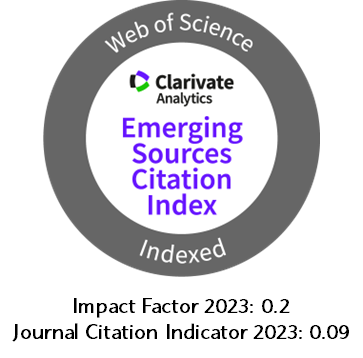Study of the petrography and tectonic settings of sills in Lavasanat district, Tehran (north of Iran)
DOI:
https://doi.org/10.5377/nexo.v33i02.10768Keywords:
sill, tectonic setting, petrography, Lavasanat, Tectonic Setting of SillsAbstract
The study area is located in Lavasanat District in the northeast of Tehran in Central Alborz zone. The outcrops are mainly linked to Karaj Formation, which belongs to the upper Eocene to Oligocene periods. In the study area, there are various plutonic rocks that are identified in the form of numerous dike and sill on the ground. These sills are injected in between sedimentary layers. The rocks forming the sills include the spectrum of gabbro, gabbro diorite, diorite, monzonite, and syenite. In some areas, these rocks have undergone alterations and have traces of the saussuritization and chloritization phenomena. There are also two generations of amorphous. The first generation is fully chloritized due to alteration while the second generation is unaltered. Unlike many diorites and monzonites, which typically have hornblendes, the neutral rocks such as diorite and monzonite lack hornblendes. Hence, their magmas were dry and dehydrated. Based on the geochemical studies conducted on 17 samples (15 sill samples and 2 host rock samples) and the diagrams of the tectonic settings of rocks, the study sills are in the WIN (within plate). However, two samples of the host rock are within the range of the active continental margins.
Downloads
344
Downloads
Published
How to Cite
Issue
Section
License
The authors who publish in Nexo Scientific Journal agree to the following terms:
- Authors retain the copyright and grant the journal the right of the first publication under the license Creative Commons Attribution License, which allows others to share the work with a recognition of the authorship of the work and the initial publication in Nexo Scientific Journal.
- Authors may separately establish additional agreements for the non-exclusive distribution of the version of the work published in the journal (for example, in an institutional repository or a book), with the recognition of the initial publication in Nexo Scientific Journal.
- Authors are allowed and encouraged to disseminate their works electronically (for example, in institutional repositories or in their own website) before and during the submission process, as it can lead to productive exchanges, as well as earlier and greater citation of published works.










